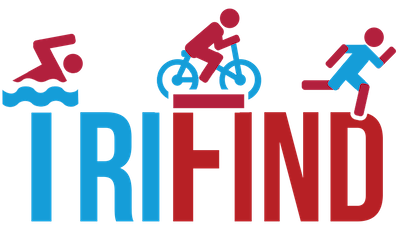How to run effectively off the bike
There are four areas an athlete can focus on to improve running performance after the bike portion of a triathlon: The central system or “the governor ” as it is sometimes referred, controls all of our muscle movements and coordination. Without the readiness of the “ Governor ”, regardless of all the training, the body will not be prepared to function at its optimal level. A common phrase we may hear acknowledging the state of the “ Governor” is, “ Stop beating yourself up ”. The psychological aspect of training “ the governor ” involves visualization exercises that combine both the expected results and the possible struggles of achieving the goal. One must only focus on what is controllable and gain self-confidence from the sustained long-term training that brings great outcomes. The Bike How efficient an athlete is on the bike is important. Efficiency and conservation of energy is achieved by riding on an aerodynamic bike with proper body position fitting and high cadence (Rotation per minute) while pedaling. Increased RPM will use less stress on the muscles making the legs feel more prepare for the run. Bio-mechanics We have learned to run early on in our development. The way we run is ingrained in our minds through numerous movement repetitions during our lifetime. This ingrained, habituated movements, may or may not be efficient. A Running Form Video Analysis is highly recomended to be done as soon possible. Proper Mechanics uses less energy per distance advanced and stresses the body less in doing so. Proper mechanics is achieved by taking advantage of gravity as the athlete propels forward, using the body to conserve the forward angle momentum, and having a strong core to be able to maintain proper mechanics for the duration of the race and prevent injuries. A slight forward lean from the ankles, not the lower back, will enable use of gravity as a forward falling momentum. Ideally when catching the fall, the leg needs to impact the ground in a 90 degree angle from the knee to the floor, anything more than 90 degrees will in effect act as a brake, decreasing momentum and create extra stress on the body. The athlete may develop shin splints if the angle of impact is less than 90 degrees. The athlete must focus on proper mechanics during the whole race, concentration is key in being an efficient runner. The arm movement need to be asymmetrical, relaxed, should not cross the center of the body, and should let gravity assist in the back and forth movement of the arm. Peripherals The athlete’s peripherals need to be loose and balanced. Stiffness of the legs and arms may be caused by daily routines, bad movement habits and pass injuries. Active dynamic stretching is ideal when working out the flexibility of the peripherals. It is good to have a pre workout and pre-race routines to get the central system prepared and the peripherals relaxed and ready. Once the athlete effectively improves these four areas and has achieved appropriate aerobic adaptation from training , the athlete should be able to run off the bike close to their PR times from a running race!
The Central system


